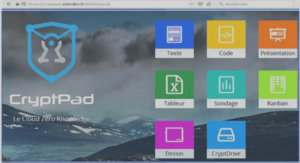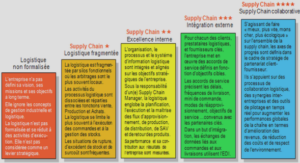Fuses
The simplest and most commonly used circuit interrupting devices is the fuse. A fuse is an “overcurrent protective device with a circuit-opening fusible part that is heated and severed by the passage of overcurrent through it” (The Authoritative Dictionary of IEEE Standards Terms, Seventh Edition, 2000). Fuses are available in different current ratings, which correspond to the maximum allowable continuous current. These fuses are installed in series with the supply service lines and they carry normal load current without interruption. If the load of the circuit exceeds the rating of the fuse or, if a fault develops in the circuit wiring or a connected appliance, the fuse melts and generates an open circuit at the service entrance.
Fuses are designed for many different applications and with a wide variety of characteristics to meet the requirements for both routine and special situations(Anderson, 1998). An enormous variety of fuses are available today. In terms of quantity, fuses outnumber any other overcurrent protection devices. They provide economy in protection as well as flexibility in rating and time current characteristic. They are used for overcurrent protection of transformers, capacitors and lateral taps in distribution systems.
Protection Relays
Relays are available in many different types, serving a host of different purposes and having different design characteristics. They could be categorized in many different ways, for instance, function, performance features, or operating method. The most common categorization is by function, where five forms of functions exist that includes protection, regulation, reclosing and synchronizing, monitoring and auxiliary relays. The IEEE defines a protective relay as “a relay whose function is to detect defective lines or apparatus or other power system conditions of an abnormal or dangerous nature and to initiate appropriate control circuit action” (IEEE 100, 2000).
Protection relays are compressed units of analog, discrete solid state components, operational amplifiers, and digital microprocessor networks connected to the power system to detect problems. These are commonly referred to as relays. Protection relays together with ancillary systems and fuses operate for the detection of intolerable conditions and faults. They are utilized in all units of the power system such as transmission lines, generators, buses, transformers, motors and capacitor banks. The components of a typical relay can be Electromechanical, solid state or numerical. All protection relays were of the electromechanical type, which is still in widespread use. Analog type electronic relays using discrete electronic components were introduced in the 1970s. Recently, microprocessorbased electronic relays have been developed and are being used at an increasing rate (Blackburn et Domin, 2015).
Circuit breakers
Protection relays provide the ability to detect the faults in the power system, however, being low power devices; they cannot perform the isolation of the faulted section of the power system. Circuit breakers are then used for this purpose. Hence, circuit breakers and protection relays work simultaneously for the instantaneous isolation of intolerable section or equipment. The power circuit breaker is the main member of the devices family which is intended to open an electric circuit. A power circuit breaker is defined as “a device for closing, carrying, and interrupting a circuit byparting separable contacts under either load or fault conditions”. Circuit breakers are often classified according to the physical mechanism used to interrupt the circuit, this includes oil circuit breakers, air circuit breakers, sulfur hexafluoride (SF6) circuit breakers, and vacuum circuit breakers (Anderson, 1998).
Surge Protection Circuits
Switching transients and voltage surges can be a substantial threat to today’s semiconductor devices. A surge voltage is an increase in voltage considerably above the rated level, which steps up the electrical charge at some point. Thus, causing an increase in the energy potential, that could increase the line current flow. In general transient surges occur unexpectedly, which could damage many consumers’ electrical and electronic devices. Therefore, the protection against transients is essential. This protection depends mostly on controlling the magnitude of the surge to a safe value and diverting the surge currents by employing protection specific devices.
Surge Protection Devices (SPDs) or Transient Voltage Surge Suppressors (TVSSs) are meant to provide protection for electronic equipment against power surges. A great number of surge protection devices employ non-linear components to divert the additional energy carried in via a surge voltage. Diverting voltage transients could be realized by means of a crowbar device or a voltage clamping device. Metal oxide varistors (MOVs) are among the most frequently used semiconductor-based devices, besides thyristors and avalanche-type back to back Zener diodes. Gas discharge tubes (GDTs) are also found in some systems. Thyristors and GDTs are categorized as crowbar devices, whereas MOVs and avalanche-type back to back Zener diodes are voltage clamping devices (James, 2014) .
Metal Oxide Varistors (MOVs)
The Metal Oxide Varistor (MOV) is the most significant element in the vast majority of surge protection devices (SPDs). Almost over 90% of the modern SPDs designated for the protection of low-voltage AC power equipment and systems are of shunt type employing a (MOV) as the main element in control of the overvoltage suppression (Drabkin, 2002). The MOVs are composed of zinc oxide (ZnO) ceramic semiconductor elements with highly nonlinear V-I characteristics. A MOV basically conducts as a result of the semiconductor PN junctions at the boundaries of the (ZnO) grains.
INTRODUCTION |






